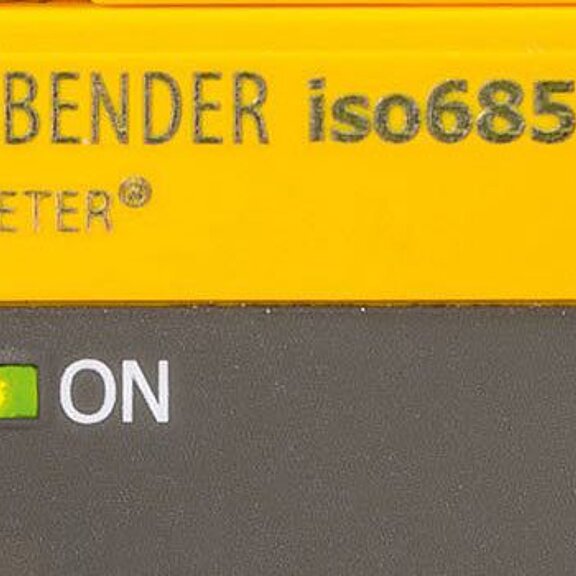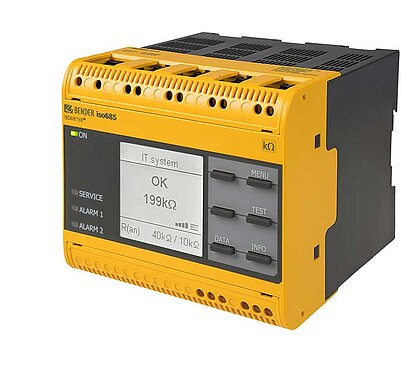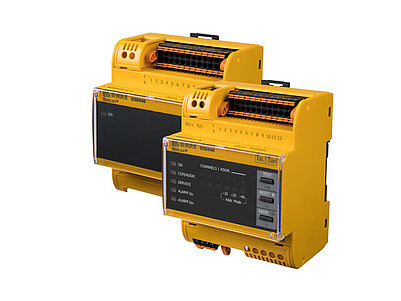

Electrical systems differ on the basis of:
The type of system grounding must be selected carefully as it essentially determines the behavior and properties of the supply system. It is also a contributing factor to issues associated with system usage, such as:
In TT systems, one point is connected directly to ground (functional grounding). The exposed-conductive parts of the electrical installation are connected to ground electrodes which are electrically isolated from the ground electrode for grounding the system.
Permissible protective devices:
In TN systems, one point is connected directly to ground and the exposed conductive parts of the electrical installation are connected to this point via protective ground conductors.
There are three types of TN systems, differentiated on the basis of the arrangement of the neutral and protective ground conductors:
In IT systems, all live conductors are isolated from ground or one point is connected to ground via an impedance. On the occurrence of a ground fault, therefore, only a small leakage current, essentially caused by system leakage capacitances, can flow. The upstream fuses do not trip. The voltage supply is also maintained in the event of single-pole direct ground faults.
The exposed-conductive parts of the electrical installation either
The following protective devices are permitted:
Characteristic features
| Type of supply system | Your benefits | Disadvantages |
| SELV or PELV (safety extra-low voltage or protective extra low voltage) | • No hazard potential on contact |
• Limited power if deployment of equipment is to be cost-effective • Specific requirements on current circuits |
| Protective insulation |
• Can be combined with other types of system • Double insulation of equipment |
• Only cost-effective for small loads • Insulating material pose fire hazard on thermal loads |
| IT system |
• EMC friendly • Increased availability: 1st fault is simply reported Disconnection in the event of a 2nd fault • Low ground leakage current in small systems • Influence on neighboring installations is reduced, this in turn makes grounding easier • Little technical effort for cable and conductor installation • Use of appropriate devices facilitates fault location |
• Equipment has to be insulated universally for the voltage between external conductors. • An overvoltage protective device is required for N conductors • Potential problems with going offline on second ground fault |
| TT system |
• EMC friendly • Protection is dependent on the system's short circuit power • Little technical effort for cable and conductor installation • Touch voltage can vary from one area to another • Can be combined with a TN system |
• Only compatible with low power ratings due to the use of GFCIs • Regular functional test required • Operational grounding is complex (≤ 2 Ω). • Equipotential bonding compulsory for every building |
| TN-C system |
• Easy to set up • Low material expenses |
• Not EMC friendly • Building stray currents and low frequency magnetic fields make the system incompatible for use in buildings housing information technology equipment • Risk to life and limb in the event of PEN break • Increased risk of electrical fires |
| TN-C-S system | • A cost-effective compromise for buildings which do not house information technology equipment. |
• Not EMC friendly • Low-frequency magnetic fields possible |
| TN-S system |
• EMC friendly • Low voltage rise in the healthy phases |
• Increased safety engineering outlay for remote multiple infeeds • Risk of multiple grounding going unnoticed |
| Name | Category | Size | Language | Timestamp | D-/B-Number |
|---|---|---|---|---|---|
| 2020 Guidelines (US) | Technical Information | 1.9 MB | EN | 2020/06/1515.06.2020 | |
| Overview Brochure | Product Overviews | 10.3 MB | EN | 2023/10/0202.10.2023 |
Products

Ground-fault detector for ungrounded AC/DC systems

Ground-fault location module for ungrounded AC/DC systems

Ground-fault detector for ungrounded AC/DC systems

Ground-fault location module for ungrounded AC/DC systems